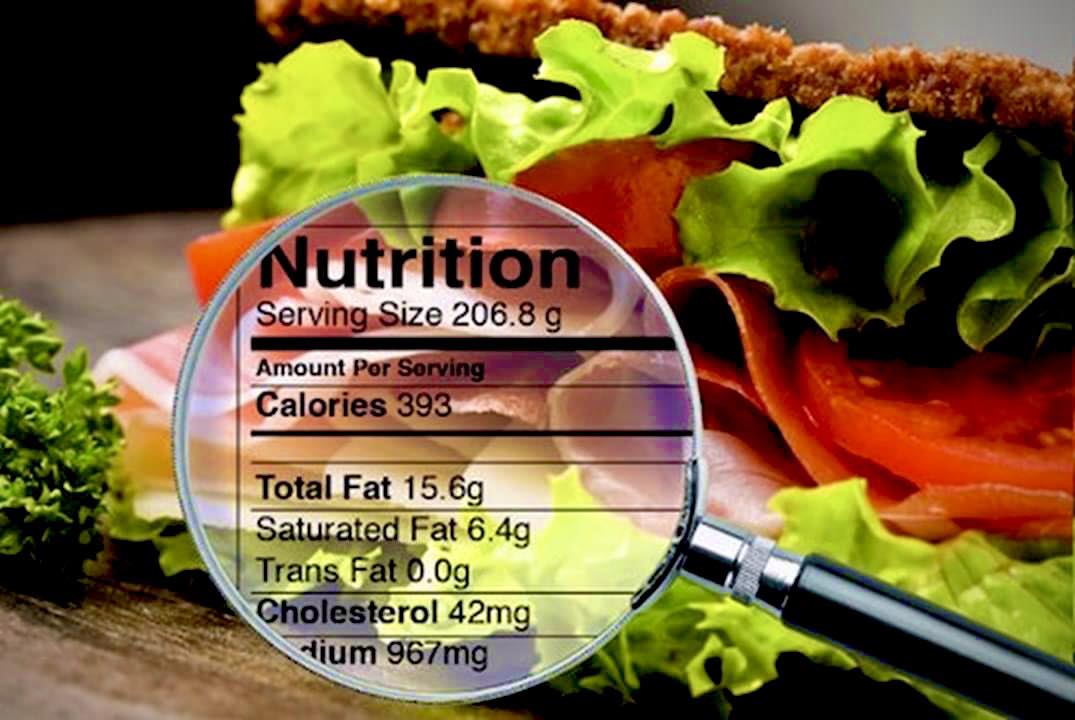Feeding the Future: The Need for Alternative Food Sources
The global population is projected to grow from its current 8 billion to nearly 10 billion by 2050. This rise presents a daunting challenge: how to sustainably feed a burgeoning population without exhausting finite resources. Traditional agriculture, reliant on large amounts of arable land, freshwater, and energy, is increasingly unsustainable in the face of climate change, biodiversity loss, and environmental degradation.
To meet this demand, scientists and innovators are turning to alternative food sources, with protein at the forefront of these explorations. One of the most promising solutions lies in microalgae—a sustainable, nutrient-dense organism capable of transforming global food systems. These photosynthetic microorganisms, already used in some dietary supplements and animal feeds, are now being heralded as a potential cornerstone of future nutrition.
Microalgae: A Nutritional and Environmental Powerhouse
Microalgae are remarkable organisms capable of thriving in diverse aquatic environments, from freshwater ponds to saltwater oceans. Their ability to convert sunlight into rich stores of nutrients positions them as a sustainable and versatile food source. Beyond their nutritional value, microalgae offer a host of environmental benefits. Their cultivation requires minimal land and water compared to traditional crops, and they can utilize carbon dioxide and even wastewater as nutrients. This dual role as both a nutrient source and an agent of environmental remediation underscores their transformative potential.
Among the thousands of microalgal species, Limnospira (commonly known as Spirulina) and Chlorella have garnered particular attention for their high protein content and rich amino acid profiles. These species are not only nutritious but also exhibit bioactive properties, including anti-inflammatory and antioxidant effects. Their adaptability to various cultivation methods and safety for human consumption further enhance their appeal.
The Nutritional Profile of Microalgae: A Closer Look
Microalgae are a nutritional powerhouse, offering a unique combination of macronutrients that surpass many conventional food sources. They are rich in carbohydrates, lipids, and proteins, each contributing to their exceptional value as a dietary ingredient.
Carbohydrates are a key component of microalgal biomass, playing vital roles in cellular structure and energy supply. Some microalgae, such as Pseudoneochloris and Scenedesmus, are known for their high carbohydrate content, including dietary fiber, which aids in digestion and promotes gut health. Certain strains, like Dunaliella and Klebsormidium, specialize in starch production, making them attractive for applications in functional foods. These carbohydrates also serve as a substrate for microbial fermentation, opening new avenues for producing biofuels and other bio-based products.
Lipids in microalgae are of exceptional quality, containing high levels of essential fatty acids such as omega-3 and omega-6. These polyunsaturated fatty acids (PUFAs) have been linked to numerous health benefits, including cardiovascular protection and anti-inflammatory effects. Species such as Crypthecodinium cohnii and Schizochytrium are particularly rich in PUFAs, offering a sustainable alternative to fish oil. These lipids also play a role in cellular energy storage, contributing to their appeal as a dense and efficient energy source for human nutrition.
Proteins from microalgae stand out for their high content and quality, with some species boasting protein levels of up to 70% of their dry weight. This surpasses traditional protein sources like soybeans and wheat, making microalgae a sustainable and efficient option for meeting global protein demands. The protein in microalgae contains all essential amino acids, making it particularly valuable for vegetarian and vegan diets. Beyond nutrition, these proteins exhibit functional properties such as foaming, gelling, and emulsifying, which have diverse applications in the food industry.
Bioactive Compounds: Health Benefits Beyond Nutrition
Microalgae are not only rich in macronutrients but also contain bioactive compounds with significant health-promoting properties. These compounds, including carotenoids, phenolics, and phycobiliproteins, offer benefits that extend beyond basic nutrition.
Antioxidant activity is one of the most widely studied properties of microalgal bioactive compounds. Reactive oxygen species (ROS) are harmful byproducts of cellular metabolism that can cause oxidative stress, leading to chronic diseases such as cancer and cardiovascular conditions. Microalgae-derived antioxidants neutralize ROS, protect cellular components from damage, and enhance the body’s natural antioxidant defenses. This dual effect makes microalgae an invaluable resource for functional foods aimed at preventing chronic diseases.
Hematologic improvements have also been observed with microalgal supplementation. Fucoxanthin, a pigment found in species like Phaeodactylum tricornutum, has been shown to improve lipid profiles, reduce low-density lipoprotein (LDL) cholesterol levels, and enhance bone mineral density. These effects contribute to better cardiovascular health and overall quality of life, highlighting the potential of microalgae in preventive healthcare.
Antidiabetic effects of microalgae are gaining attention in metabolic research. Compounds such as glucosidase inhibitors extracted from Chlorella species have demonstrated the ability to regulate blood glucose levels and improve insulin sensitivity. In animal studies, these compounds reduced liver lipid accumulation and improved antioxidant enzyme activity, providing promising insights into their role in diabetes management.
Neuroprotective properties of microalgae offer new hope for combating neurodegenerative diseases like Alzheimer’s. Carotenoids from species such as Nannochloropsis oceanica have shown the ability to inhibit enzymes associated with Alzheimer’s pathology. These compounds also exhibit anti-inflammatory activity, further enhancing their potential as natural therapeutics for brain health.
Advanced Processing Techniques: Unlocking Microalgae’s Potential
Efficiently extracting nutrients and bioactive compounds from microalgae is crucial for their widespread use. Advances in processing techniques have made it possible to optimize yields while maintaining the integrity of these valuable compounds.
Ultrasound-assisted extraction (UAE) uses ultrasonic waves to break down microalgal cell walls, releasing intracellular compounds into the surrounding solvent. This method is highly efficient and requires minimal energy and solvent use, making it a sustainable option for industrial applications. By optimizing parameters such as frequency and power, UAE can selectively extract specific compounds, ensuring high purity and functionality.
Microwave-assisted extraction (MAE) employs electromagnetic waves to heat and rupture microalgal cells. This technique offers uniform heating, reducing processing time and energy consumption. MAE is particularly effective for extracting heat-stable compounds like carotenoids and fatty acids. Its ability to preserve the biological activity of extracted compounds makes it an attractive option for functional food production.
Supercritical fluid extraction (SFE) utilizes supercritical CO2 to solubilize and extract bioactive compounds. This method is especially suited for non-polar compounds like lipids and carotenoids, producing high-purity extracts without the need for toxic solvents. While the initial investment in SFE equipment is high, its efficiency and environmental benefits make it a promising technique for large-scale applications.
Pressurized liquid extraction (PLE) combines high pressure and temperature to enhance the solubility of target compounds. This technique is versatile, accommodating both polar and non-polar compounds depending on the solvent used. PLE’s rapid processing times and scalability make it suitable for industrial applications, although its high implementation costs remain a barrier.
Applications in Food: Functional and Sustainable Innovation
Microalgae’s versatility extends to a wide range of food applications, offering both nutritional and functional benefits.
Nutritional enrichment is one of the most promising applications of microalgae in food. By incorporating microalgal proteins, lipids, and carbohydrates, manufacturers can enhance the nutritional profile of products such as bread, sauces, and desserts. For example, Spirulina-enriched bread retains its texture while providing additional protein and antioxidants, making it a healthier alternative to traditional baked goods.
Natural food colorants derived from microalgae, such as astaxanthin and phycocyanin, offer a sustainable and health-conscious alternative to synthetic dyes. These pigments not only add vibrant colors to food products but also provide antioxidant and anti-inflammatory benefits. Their use aligns with consumer demand for clean-label products free from artificial additives.
Texture and stability enhancements are another area where microalgae excel. Polysaccharides and proteins from microalgae serve as emulsifiers, stabilizers, and thickeners, improving the mouthfeel and shelf life of food products. This functionality makes them indispensable in applications such as plant-based creams and protein bars.
Future Directions: Realizing the Potential of Microalgae
The journey to fully unlocking the potential of microalgae is just beginning. Future research will focus on improving bioavailability, scaling up sustainable production methods, and addressing consumer acceptance through flavor masking and product innovation. Collaborative efforts across disciplines will be essential in driving these advancements.
Microalgae represent a transformative solution to the challenges of feeding a growing population sustainably. With continued innovation and investment, they hold the promise of reshaping the future of food, health, and environmental sustainability.
Study DOI: https://doi.org/10.3390/foods13121811
Engr. Dex Marco Tiu Guibelondo, B.Sc. Pharm, R.Ph., B.Sc. CpE
Editor-in-Chief, PharmaFEATURES

Subscribe
to get our
LATEST NEWS
Related Posts

Sleep, Nutrition & Exercise
From Inactivity to Movement: The Need for Scalable Public Health Interventions
Parkrun has emerged as a potential answer to a global public health burden – physical inactivity.

Sleep, Nutrition & Exercise
Breathing Easier with Omega-3: A Promising Link to Lung Health
The NIH-funded study highlighting the potential connection between omega-3 fatty acids and lung health marks a significant stride towards precision nutrition.
Read More Articles
Myosin’s Molecular Toggle: How Dimerization of the Globular Tail Domain Controls the Motor Function of Myo5a
Myo5a exists in either an inhibited, triangulated rest or an extended, motile activation, each conformation dictated by the interplay between the GTD and its surroundings.













